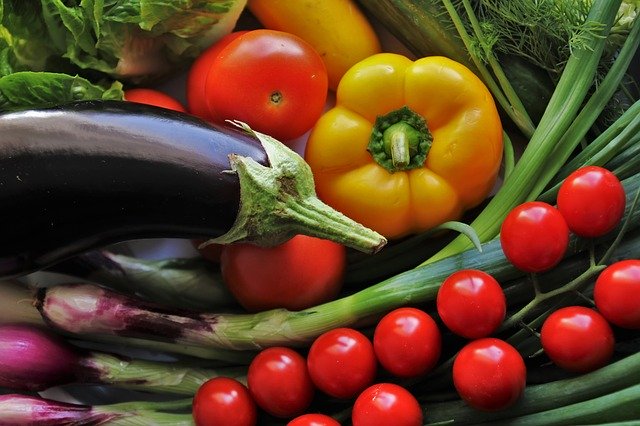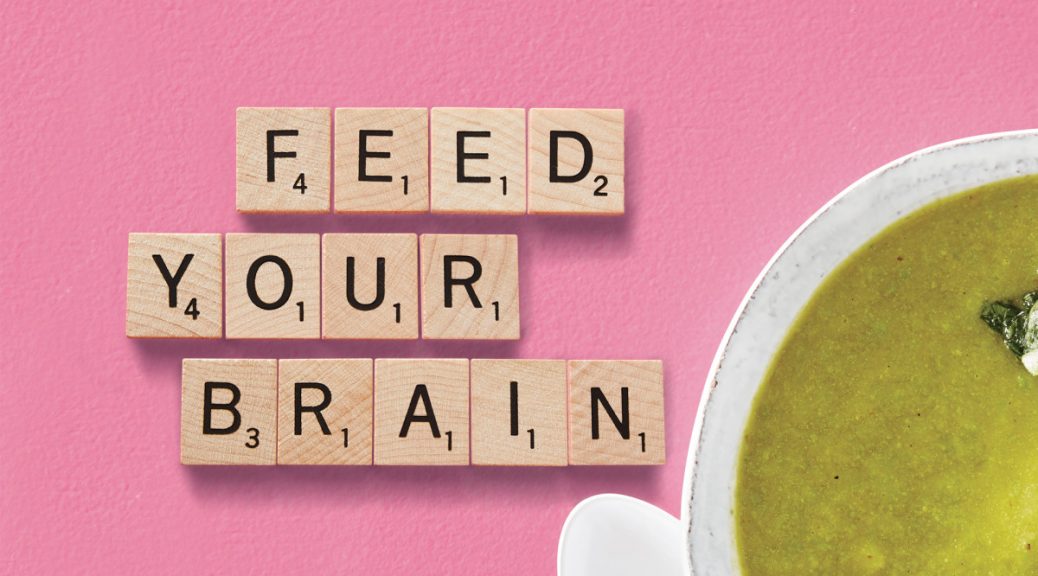
Taste the rainbow!
We’re diving into the rainbow today to understand why colorful foods are beneficial to brain health.

There are forces of good and evil. The good guys are the flavonoids and related antioxidants and the bad guys are inflammation and oxidative stress.
What I am sharing today is, again, coming from a course I recently took titled: Brain Food: The Role of Nutrients in Memory and Cognitive Function by Annell St. Charles, PhD, RD, through the Institute for Natural Resources.

Let’s get to know these opposing sides.
Bad Guys – Team OS + I
Oxidative stress (OS) happens on a cellular level when free radicals are formed. These molecules lack some hardware (an electron) and are in search of somewhere to steal one. They create cell damage due to their thieving.
Inflammation – I talk about that all the time. All disease processes have a strong foothold in inflammation, which is preventable by how we eat, think, and live.
Good guys – Team Phytochemicals

The good guys are found in plant-based foods and are called phytochemicals. You may have heard of flavonoids, but there are three others (from thousands) that I’ll mention: phenolic acids, stilbenes, and lignans.
Don’t feel bad if you’ve never heard of these; there will not be a test about their names at the end, but you will know how to pick a team.
With every mouthful of food, we are picking our team!
Where to find the good guys:

Flavonoids: Onions, kale, green beans, broccoli, endive, celery, citrus, thyme, soy, tomato, bell pepper, berry fruits, apple, purple and red grapes, red wine, apricots, pears, beans, cabbage, green tea, dark chocolate, parsley, hot peppers
Phenolic acids: Mangos, berries, apples, citrus, plums, cherries, kiwis, onion, tea, coffee, red wine, whole grain flour

Stilbenes: Grape skins, red wine, peanuts, blueberries, cranberries
Lignans: Flaxseeds, sesame seeds, cereal grains, cruciferous vegetables, apricots, strawberries, soybeans
Source: American Institute for Cancer Research

Numerous studies have shown phenolic acids inhibit the formation of the plaque associated with Alzheimer’s Disease. Resveratrol is a stilbene from red and purple grape skins that can have a positive role in preventing dementia. Lignans from flaxseeds have been shown to enhance cognitive performance of healthy postmenopausal women.

Phytochemicals are antioxidants because they work against the oxidative stress (OS) caused by free radicals. Not all OS is bad, but negative OS seems to increase with age and can manifest in cognitive and physical decline.
OS has been found to be a major player in dementia, including Alzheimer’s Disease. By combatting OS and inflammation through improved food choices, we can go a long way in reversing or delaying the onset of cognitive decline.

Hopefully, you have a better understanding about how to pick your team, how to go for the colors, and how to evaluate what is good for your brain.
As you look at your dinner plate tonight, are you seeing a sea of tans, browns, and whites? Breaded fried meat, gravy, biscuit, potatoes?

Such a color scheme spells disaster for your precious brain and the body it runs.
It’s a matter of choice. Go for the rainbow!
In health-
Deidre


Thank you!